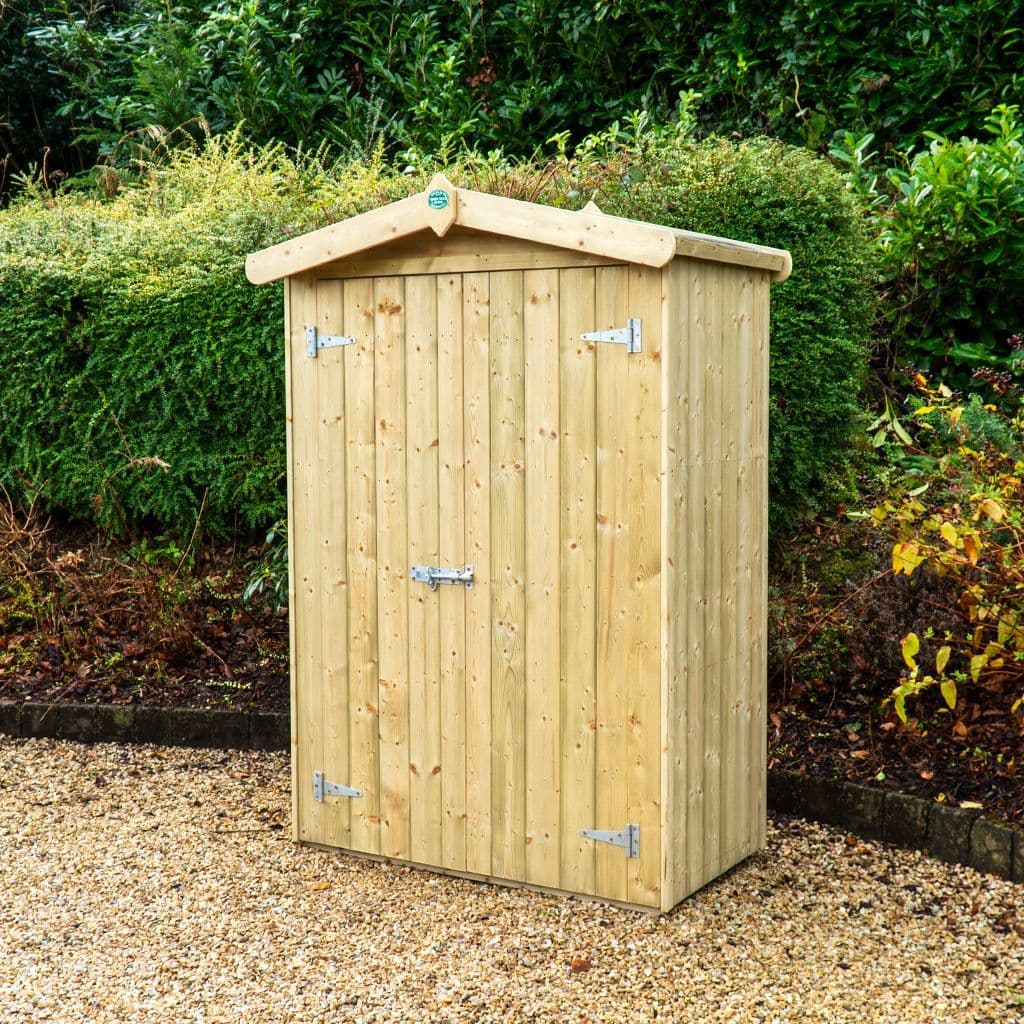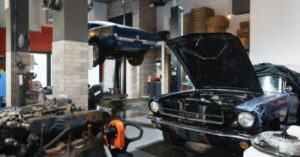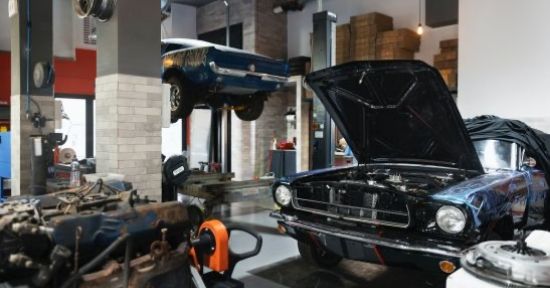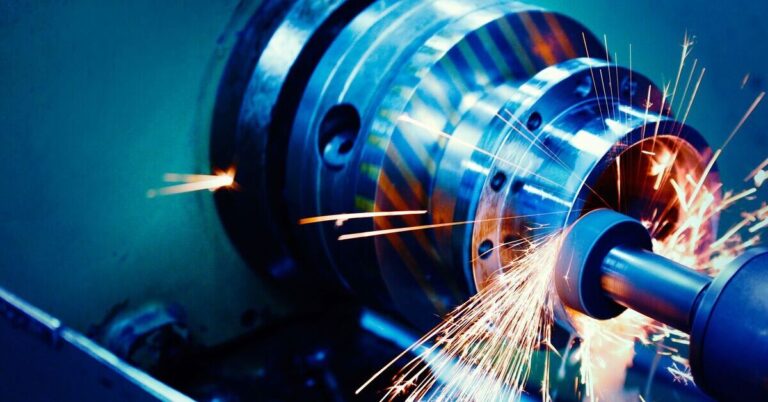Gaskets are small components that play a massive role in sealing systems across manufacturing, petrochemical, automotive, and HVAC industries. Choosing the right gasket cutting machine can save time, reduce waste, and improve seal reliability. This article reviews the top five gasket cutting machines for industrial use, explains what to look for when buying, and offers practical tips on operation and maintenance. Throughout, we’ll reference the essential gasket cutting tool considerations every workshop manager should know.
Why the right gasket cutting tool matters
A high-quality gasket cutting machine delivers precision, repeatability, and throughput. Poorly cut gaskets can leak, fail prematurely, and lead to costly downtime. Industrial operations demand machines that handle a range of materials—rubber, cork, PTFE, graphite, compressed non-asbestos sheets, and thin metal—while maintaining tight tolerances. Beyond cut quality, factors such as tooling flexibility, speed, ease of programming, and serviceability weigh heavily in purchasing decisions.
What to look for in an industrial gasket cutting machine
Material compatibility and cutting methods
Different machines use various cutting technologies: die cutting, CNC routing, laser cutting, waterjet, and punch presses. Each method has benefits:
- Die cutting: fast for high-volume, consistent shapes.
- CNC routing: flexible for low-to-medium volumes and thicker sheets.
- Laser cutting: excellent for intricate shapes and soft materials but may not suit all composites.
- Waterjet: versatile for thick or exotic materials without heat-affected zones.
- Punch presses: efficient for repetitive tasks with high production runs.
Precision and repeatability
Tolerance requirements for gaskets can be tight. Look for systems with robust motion control, high-resolution encoders, and verified repeatability specs. A reliable gasket cutting tool should reproduce the same part dozens or thousands of times with minimal variation.
Ease of use and programming
Modern CNC machines and automatic cutters should accept common CAD formats and offer nesting software to optimize material usage. Intuitive interfaces reduce operator training time and cut programming errors that lead to wasted material.
Throughput and tooling costs
Consider cycle times, changeover speed, and die costs. Die-cutting is cost-effective for large runs but requires upfront die expense. CNC or laser solutions reduce tooling cost for prototypes and mixed-batch production.
Support, service, and safety
Choose manufacturers with local support, spare parts availability, and clear service plans. Safety features like light curtains, guards, and emergency stops are non-negotiable in industrial environments.
Top 5 gasket cutting machines for industrial use
1. Industrial Die Cutter — High-Volume Production Workhorse
Die cutters remain the fastest option for high-volume gasket production. These machines use steel rule or rotary dies to stamp gaskets out of sheet material at high speed.
Strengths
- Very high throughput for repeated parts
- Low per-part cost in large runs
- Proven, simple technology with minimal skill required for operation
Considerations
- Upfront cost for custom dies
- Less flexible for frequent design changes
A die cutter is the go-to if you run consistent gasket designs in large batches and want the lowest unit cost.
2. CNC Router with Knife/Router Tooling — Flexible Medium-Volume Solution
CNC routers equipped with knife, drag, or endmill tooling can cut a wide range of non-metallic gasket materials with excellent accuracy.
Strengths
- Great for prototypes and mixed production
- Low tooling cost: designs change without new dies
- Good for thicker materials and complex shapes
Considerations
- Slower than die cutting for mass production
- Requires programming and careful fixturing
This option suits shops that need flexibility and occasional customization with reasonable speed.
3. Laser Cutter — Precision for Fine Details
Laser cutters offer clean, precise cuts ideal for intricate gasket profiles in soft materials like rubber and PTFE. They excel where tight corner radii and complex contours are required.
Strengths
- High precision and repeatability
- Minimal mechanical tooling, fast changeover
- Excellent for intricate prototypes and small series
Considerations
- Not ideal for all materials (some produce harmful fumes)
- Heat-affected edges may alter certain materials’ properties
- Requires ventilation and fume extraction
If your parts demand high-detail cuts and you handle compatible materials, a laser-based gasket cutting tool is a smart choice.
4. Waterjet Cutter — Versatile for Thick or Exotic Materials
Waterjet cutting uses high-pressure water mixed with abrasive to cut through thick, heat-sensitive, or composite materials without thermal distortion.
Strengths
- Cuts almost any material, including thick gaskets and metals
- No heat-affected zone; preserves material properties
- Excellent for one-off or low-volume complex parts
Considerations
- Slower and more expensive per cut than laser or router for thin materials
- Abrasive and water handling add operational complexity
Waterjet is ideal for specialty applications where material integrity and versatility matter more than cycle time.
5. CNC Punch/Combination Machines — Speed with Flexibility
Combination machines integrate CNC routing/punching heads with tooling pallets. They offer faster cutting than pure routing with greater flexibility than fixed dies.
Strengths
- Fast changeovers and good throughput for medium-volume work
- Capable of punching, routing, and even small forming operations
- Efficient nesting and material usage
Considerations
- More complex and costlier than a simple router
- Tooling management still required
For shops needing a balance between speed, flexibility, and lower tooling costs, these hybrid systems are compelling.
Practical tips for choosing and operating a gasket cutting tool
Start with your production profile
Map your annual quantities, part variability, and material mix. High-volume identical parts → die cutter. Mixed, custom production → CNC or laser.
Factor total cost of ownership
Consider tooling, maintenance, consumables (blades, abrasives, water), and energy use. A lower-capital machine can be costlier over time if consumables are expensive.
Optimize nesting and material usage
Invest in nesting software to reduce scrap. Proper nesting can cut material costs significantly, especially for expensive sheets.
Train operators and schedule maintenance
Regular calibration, blade replacement, and preventive maintenance keep tolerances tight and downtime low. Well-trained operators avoid costly mistakes and expedite changeovers.
Conclusion
Selecting the right gasket cutting machine depends on your production volume, material types, and flexibility needs. Die cutters are unbeatable for large repeat runs, while CNC routers, lasers, and waterjets provide the flexibility and precision required for prototypes, mixed batches, and specialty materials. Combination CNC punch systems offer an appealing middle ground. Whichever route you choose, treat the machine as a critical gasket cutting tool investment—plan for tooling, support, and operator training to maximize uptime and part quality.
















